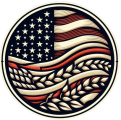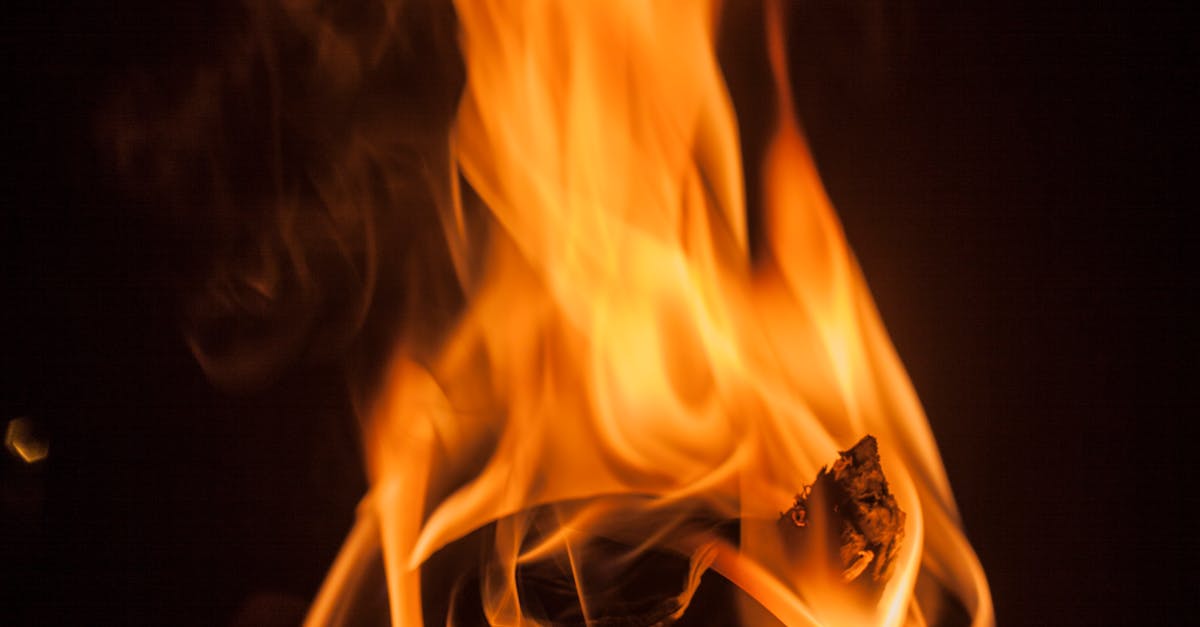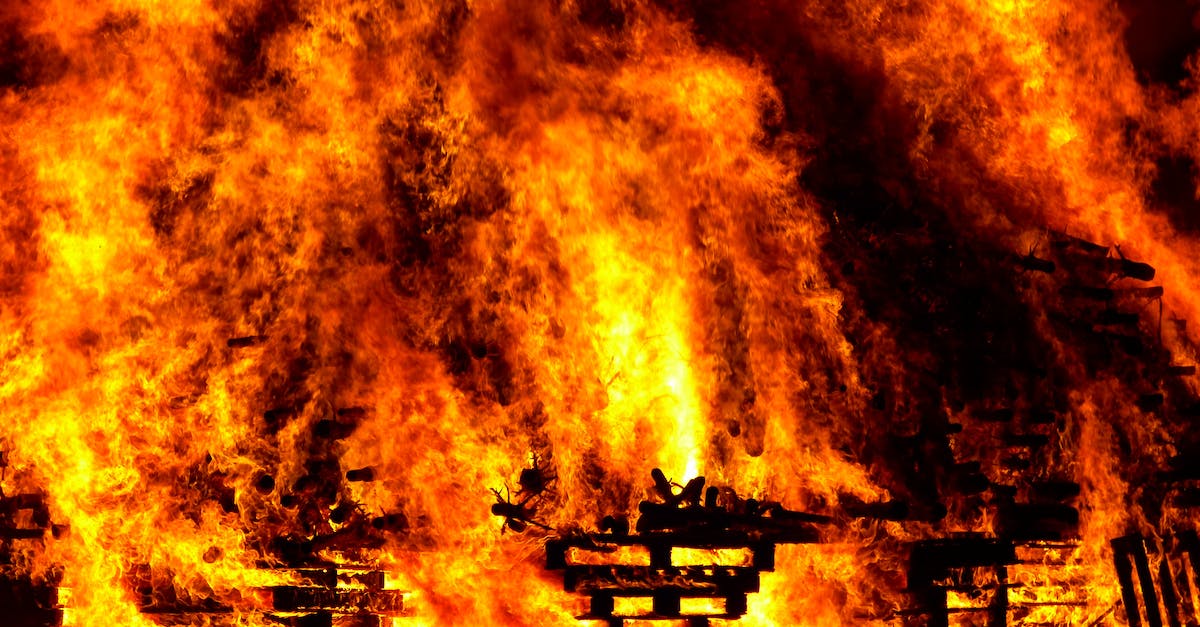If you’ve ever wanted to master the art of drawing fire, then you’ve come to the right place. In this guide, we’ll take you through the step-by-step process of creating realistic and captivating flames using charcoal and other sketching techniques. Drawing fire can be a challenging task, but with the right tips and tricks, you’ll be able to draw fire with confidence and precision. Whether you’re a beginner looking to improve your fire sketching skills or a seasoned artist searching for new flame drawing techniques, this guide has everything you need to bring your fiery creations to life.
Main Points
- Understanding the basics of fire anatomy
- Choosing the right tools and materials for fire drawing
- Step-by-step guide to sketching realistic flames
- Tips and techniques for adding depth and texture to your fire illustration
- Common mistakes to avoid when drawing fire
Understanding the Basics of Fire Drawing
Fire drawing may seem challenging at first, but with the right techniques, anyone can create stunning fire artwork. In this tutorial, we will explore the step-by-step process of drawing fire and learn some helpful tips for capturing the vibrant and dynamic nature of flames.
Key Points to Cover in Fire Drawing Tutorial:
- How to draw fire: Breaking down the elements of fire and understanding its structure is crucial for realistic fire drawing.
- Fire drawing tutorial: Exploring different techniques such as using varying pressures and blending to create realistic flames.
- Step by step fire drawing: A detailed walkthrough of the process, from creating the base to adding highlights and shadows to bring the fire to life.
Mastering the Art of Depicting Flames
When it comes to fire sketching techniques, mastering the art of depicting flames can be both challenging and rewarding. In this easy fire drawing guide, we will explore various drawing flames tutorials that will help you understand the dynamics of fire and how to accurately capture its movement and energy on paper.
Understanding the Anatomy of Flames
Before diving into the fire drawing techniques, it’s essential to understand the anatomy of flames. Flames consist of three main parts: the inner blue cone, the middle yellow flame, and the outer orange flame. Each part requires a different approach when sketching fire, and mastering the depiction of each component is crucial for creating realistic flames.
Techniques for Drawing Realistic Flames
| Technique | Description |
|---|---|
| Layering | Building layers of colors to create depth and texture in the flames. |
| Dynamic Lines | Using quick, dynamic lines to capture the movement and shape of the fire. |
| Contrast | Utilizing contrast between light and dark to emphasize the flickering nature of flames. |
By incorporating these techniques into your flame drawing process, you can elevate your artwork and truly master the art of depicting flames.
Exploring Different Techniques for Drawing Fire
Creating a realistic and dynamic fire illustration can be a challenging but rewarding process. There are several different techniques that artists can use to capture the flickering, intense nature of fire. One popular method is using ink or charcoal to create bold, swirling lines that mimic the movement of flame. Another approach is to use watercolors and layering techniques to build up the vibrant, shifting colors of a fire. Digital artists may also utilize special effects and blending tools to achieve a convincing fire effect in their illustrations.
Fire Illustration Tips
When it comes to drawing fire, it’s important to focus on three key elements: movement, color, and intensity. By emphasizing the dynamic, ever-changing nature of flames, artists can bring their illustrations to life. Additionally, incorporating a range of warm hues, from bright yellows to deep oranges and rich reds, can help capture the vivid tones of fire. Finally, infusing the illustration with a sense of heat and power can convey the intense energy of a roaring fire.
Creating Realistic Fire Effects with Pencils and Charcoal
Fire is a challenging element to capture in art due to its dynamic and vibrant nature. However, with the right techniques and materials, artists can achieve realistic fire effects using pencils and charcoal.
Materials Needed:
Before you begin, gather the following materials:
- Pencils (varying in hardness)
- Charcoal sticks
- Sketching paper
- Kneaded eraser
- Blending stumps
Techniques:
Here are some techniques to create realistic fire effects:
- Layering: Start by layering different shades of red, orange, and yellow to build depth and intensity in the flames.
- Using Charcoal: Introduce charcoal to create smoky and dark areas within the fire, adding to its realism.
- Blending: Use blending stumps to blend the colors and create a seamless transition between the different shades.
By mastering these techniques and experimenting with different mediums, artists can achieve stunning and lifelike fire effects in their artwork.
Harnessing the Power of Color to Portray Fire in Art
Fire has long been a subject of fascination for artists, and capturing its essence on canvas requires a deep understanding of color theory. The intensity of reds and oranges, the luminosity of yellows, and the contrast of dark shadows all play a crucial role in the portrayal of fire in art.
The Intensity of Reds and Oranges
When depicting fire, artists often rely on the boldness and vibrancy of red and orange hues to convey its heat and energy. By using deep, warm tones, they can create a sense of movement and intensity within the artwork.
The Luminosity of Yellows
Yellow is another crucial color in portraying fire, as it represents the radiance and glow of flames. By incorporating bright, luminous yellows into their work, artists can capture the warmth and light that fire emits.
The Contrast of Dark Shadows
Contrast is key in portraying fire realistically, and artists achieve this by incorporating dark shadows to offset the brightness of the flames. This creates a sense of depth and dynamism in the artwork, adding to the overall portrayal of fire.
In conclusion, harnessing the power of color is essential in portraying fire in art, as it allows artists to convey its passion, energy, and intensity in a visually compelling way.


